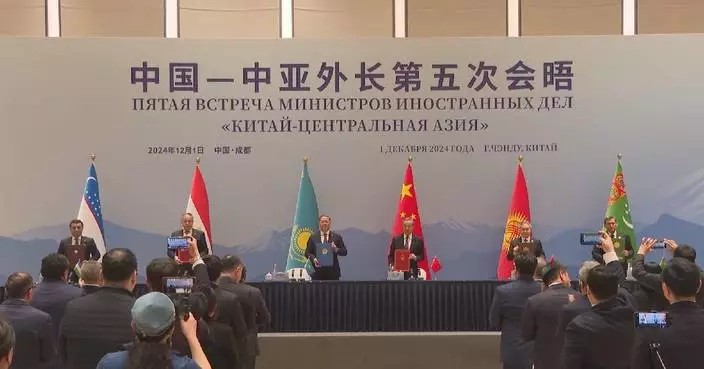China will send a world leading medium-sized space telescope into orbit in the coming decade for solving problems in the frontiers of space astronomy, said an official on Tuesday.
It comes as part of China's newly-u nveiled medium- and long-term development program for space science, which will guide the country's planning of space science missions and space research through to 2050.
Lin Xiqiang, deputy director of the China Manned Space Agency, told a press conference the plan in Beijing while briefing reporters on China's key space tasks and research in the coming 10 years.
The Tiangong space station will focus on four major research areas in the next decade, he said.
"In the next decade, China's space station will target the global frontiers of science and technology and the major needs of the country by focusing on four research fields: space life and human body research, physical sciences in microgravity, space astronomy and Earth science, and emergent space technologies. We have arranged 32 research topics, with the plan to carry out successively thousands of scientific research and application projects," he said.
"We will launch a world-class 2-meter-aperture space telescope to help us solve programs in the frontiers of space astronomy. We have established relevant science centers in Beijing, the Yangtze River Delta area, and the Guangdong-Hong Kong-Macao Greater Bay Area, and arranged 24 research projects in seven domains, in the hopes of making significant scientific breakthroughs in the study of cosmology, galaxy sciences, the Milky Way, celestial bodies in the solar system, and the transient phenomena," Lin continued.
Lin also said that China has been steadily preparing for its historic launch of a crewed mission to the moon and the establishment of a lunar research station.
"Next, we will take further steps with our manned lunar exploration project. We will make use of the pre-landing flight tests and opportunities brought about by the manned moon landing mission in a coordinated manner to carry out large-scale scientific experiments in space. At present, we have made preliminary plans for the study of lunar science and Moon-based sciences as well as the exploration and utilization of lunar resources in nine research domains," he said.
At Tuesday's conference, Lin and other officials from the Chinese Academy of Sciences and the China National Space Administration also said that the international lunar research station initiated by China will be constructed from 2028 to 2035, and approximately 15 scientific satellite missions will be carried out during this period. And from 2036 to 2050, China will launch over 30 space science missions.

China to send world leading telescope into space in coming decade: official









